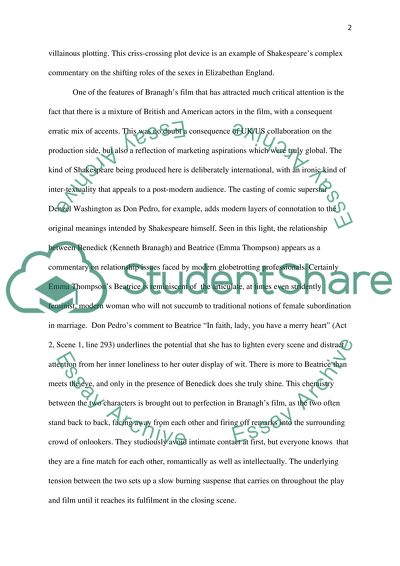Cite this document
(“The relationship between Benedick and Beatrice in the Play and the Essay”, n.d.)
The relationship between Benedick and Beatrice in the Play and the Essay. Retrieved from https://studentshare.org/visual-arts-film-studies/1440874-the-relationship-between-benedick-and-beatrice-in-the-play-and-the-film-of-much-ado-about-nothing
The relationship between Benedick and Beatrice in the Play and the Essay. Retrieved from https://studentshare.org/visual-arts-film-studies/1440874-the-relationship-between-benedick-and-beatrice-in-the-play-and-the-film-of-much-ado-about-nothing
(The Relationship Between Benedick and Beatrice in the Play and the Essay)
The Relationship Between Benedick and Beatrice in the Play and the Essay. https://studentshare.org/visual-arts-film-studies/1440874-the-relationship-between-benedick-and-beatrice-in-the-play-and-the-film-of-much-ado-about-nothing.
The Relationship Between Benedick and Beatrice in the Play and the Essay. https://studentshare.org/visual-arts-film-studies/1440874-the-relationship-between-benedick-and-beatrice-in-the-play-and-the-film-of-much-ado-about-nothing.
“The Relationship Between Benedick and Beatrice in the Play and the Essay”, n.d. https://studentshare.org/visual-arts-film-studies/1440874-the-relationship-between-benedick-and-beatrice-in-the-play-and-the-film-of-much-ado-about-nothing.


